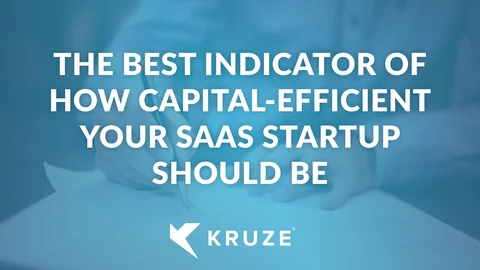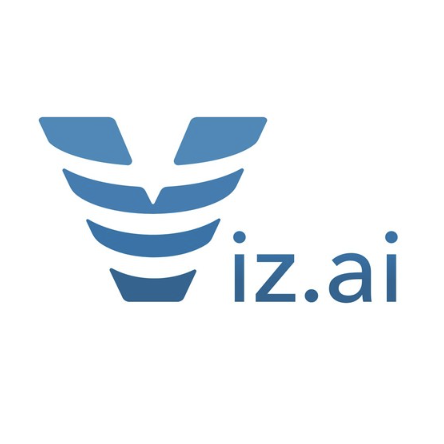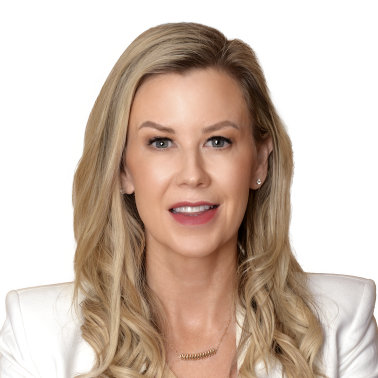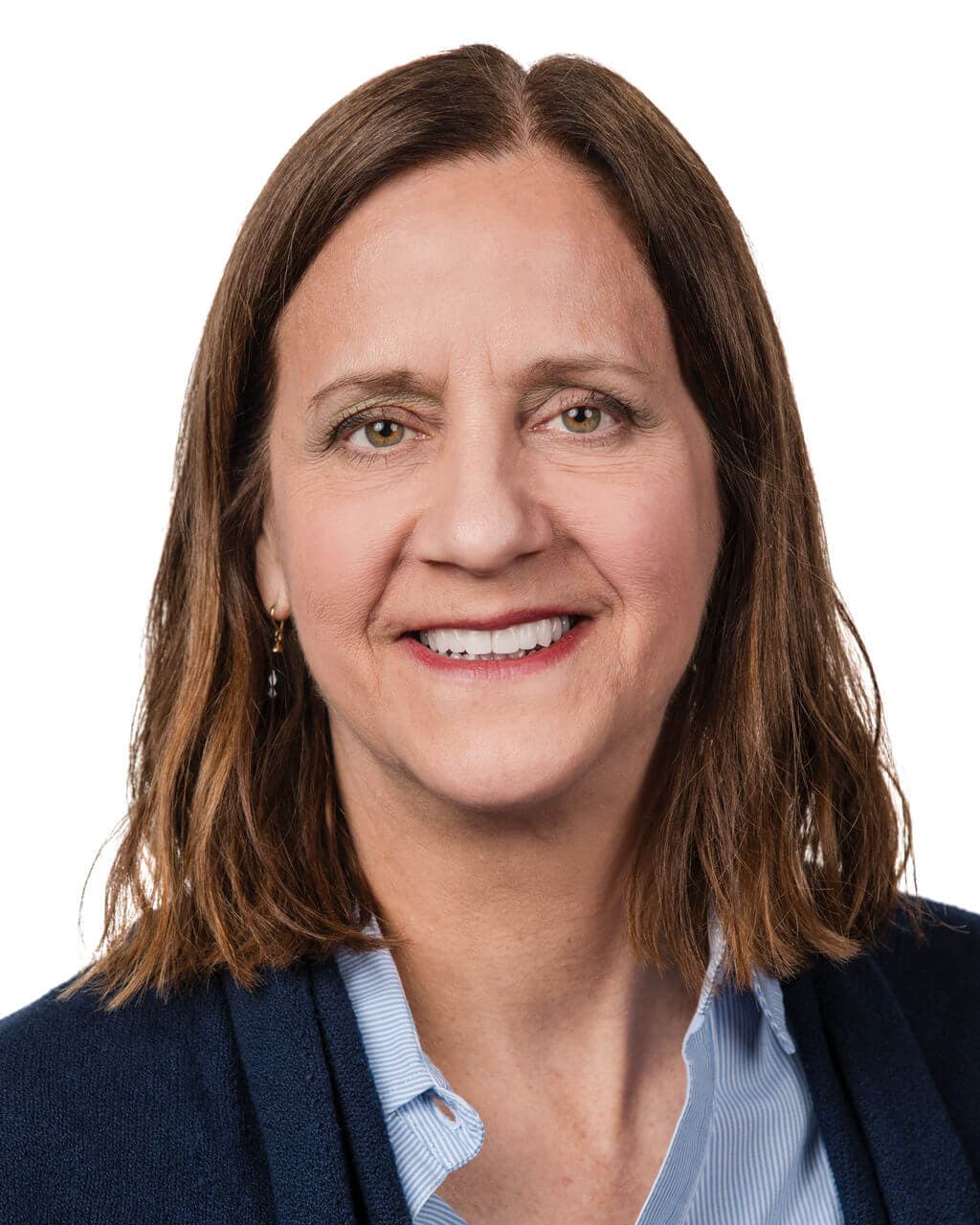
Securing venture capital has always been a challenge for SaaS founders, and that’s still true today. The market has shifted dramatically over the past few years, and knowing when – and how much – to tighten your belt is more crucial than ever. Here’s what founders need to know about capital efficiency, the best market indicators to watch, and how investment trends are evolving.
Capital Efficiency Is Non-Negotiable
The days of easy money and sky-high valuations are behind us. After the exuberance of 2021, when SaaS startups could raise capital at record revenue multiples, the market cooled significantly through 2022 and 2023, according to Pitchbook. By 2025, investors have recalibrated their expectations, emphasizing discipline, longer runways, and sustainable growth over “growth at all costs.”
Today, founders are expected to plan for 24-30 months of runway, a notable shift from the 12-18 months that was the standard just a few years ago, according to Forum Ventures, an investment firm. This longer time horizon reflects both the lingering caution among investors and the reality that exit timelines – whether through IPO or acquisition – have stretched.
Why the Bessemer Cloud Index Still Matters
One of the best tools for gauging how capital-efficient your SaaS company should be is the Bessemer Cloud Index (BVP Nasdaq Emerging Cloud Index). This index tracks the performance, growth rates, and revenue multiples of leading public cloud and SaaS companies, serving as a bellwether for private market sentiment and valuation benchmarks.
- Revenue multiples tell the story. In 2021, top SaaS companies traded at forward revenue multiples of 20x or more – a signal that money was plentiful and aggressive spending was rewarded. By early 2025, the median revenue multiple had dropped to approximately 6.3x, a 67% decrease from the 2020 peak. This drop mirrors slower growth rates (now around 19% YoY, compared to 30%+ in the boom years) and signals that the market rewards efficiency and profitability over unchecked expansion.
- VCs watch the index closely. Venture capitalists use the Cloud Index to benchmark private company valuations and set expectations for burn rates and growth. If public SaaS companies are trading at lower multiples, private valuations tend to follow suit, and VCs expect founders to be more judicious with their capital.
Founders Should Plan Ahead
- Raise for resilience. Plan your fundraising to last at least 24-30 months. Investors want to see that you can weather market volatility and avoid frequent, rushed fundraising cycles.
- Focus on sustainable growth. The “Rule of 40” – where growth rate plus profit margin should exceed 40% – remains a key benchmark. Investors want to see efficient growth, not just top-line expansion.
- Optimize spending. Every dollar counts. Prioritize investments that drive clear, measurable returns. Lean into tools and processes that improve efficiency, from procurement to engineering productivity.
- Monitor market signals. Keep an eye on the Bessemer Cloud Index and other SaaS benchmarks to understand how your company stacks up and when it might be time to adjust your capital strategy.
SaaS Funding Is Back
While 2023 and 2024 saw a pullback in SaaS funding, 2025 is witnessing a resurgence – especially for companies at the intersection of SaaS and AI. Substantial funding rounds are returning, and the rise of AI-native SaaS startups is attracting renewed interest from both traditional VCs and new investment funds. However, the bar for capital efficiency remains high, and investors are more selective, favoring companies that demonstrate both innovation and discipline.
Key Takeaways for SaaS Founders
- The market expects longer runways and clear paths to sustainable growth.
- Use the Bessemer Cloud Index to gauge your valuation and capital efficiency.
- Prioritize capital efficiency – raise what you need, spend wisely, and focus on repeatable, measurable growth.
- Stay agile: Market conditions can change rapidly, so continually monitor relevant indicators and be prepared to adapt.
For founders, the message is clear: the era of “growth at all costs” is over. Efficient growth, operational discipline, and a keen awareness of market benchmarks are the new hallmarks of SaaS success.











